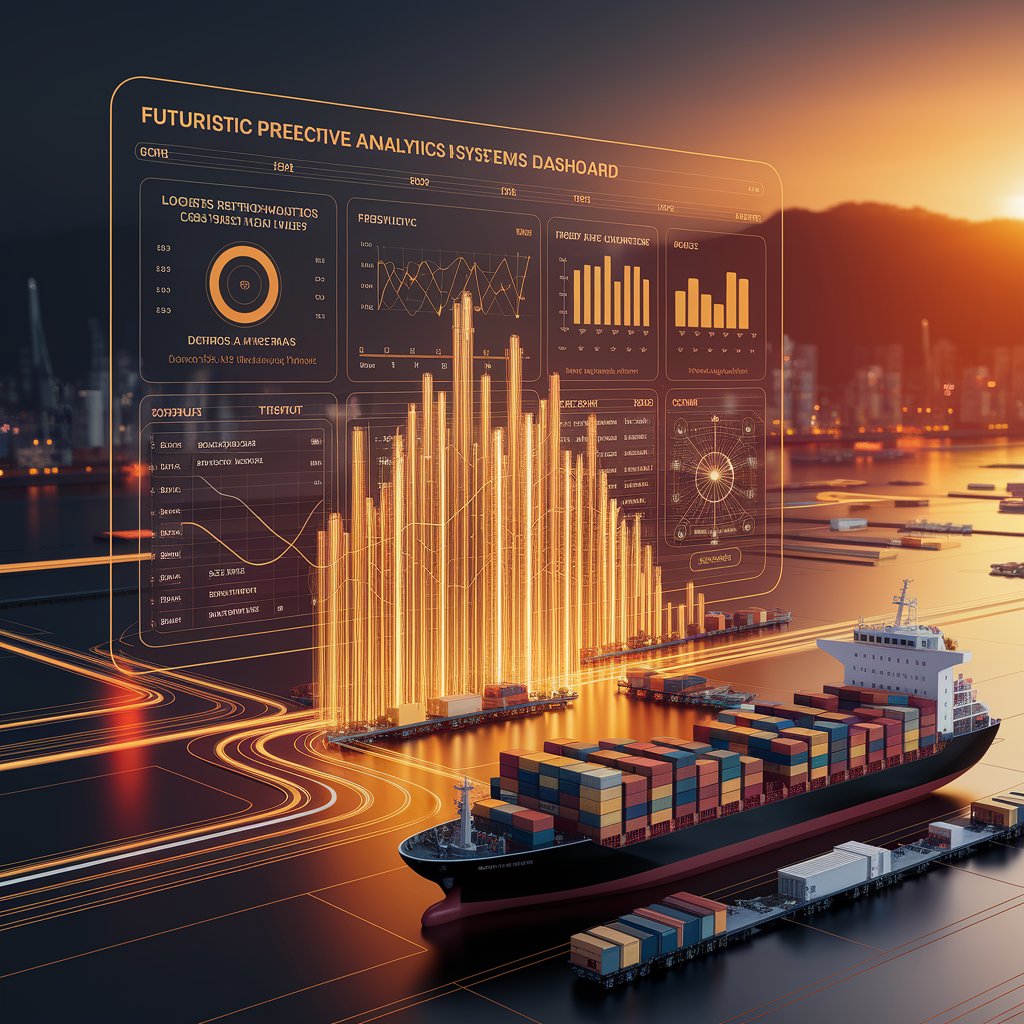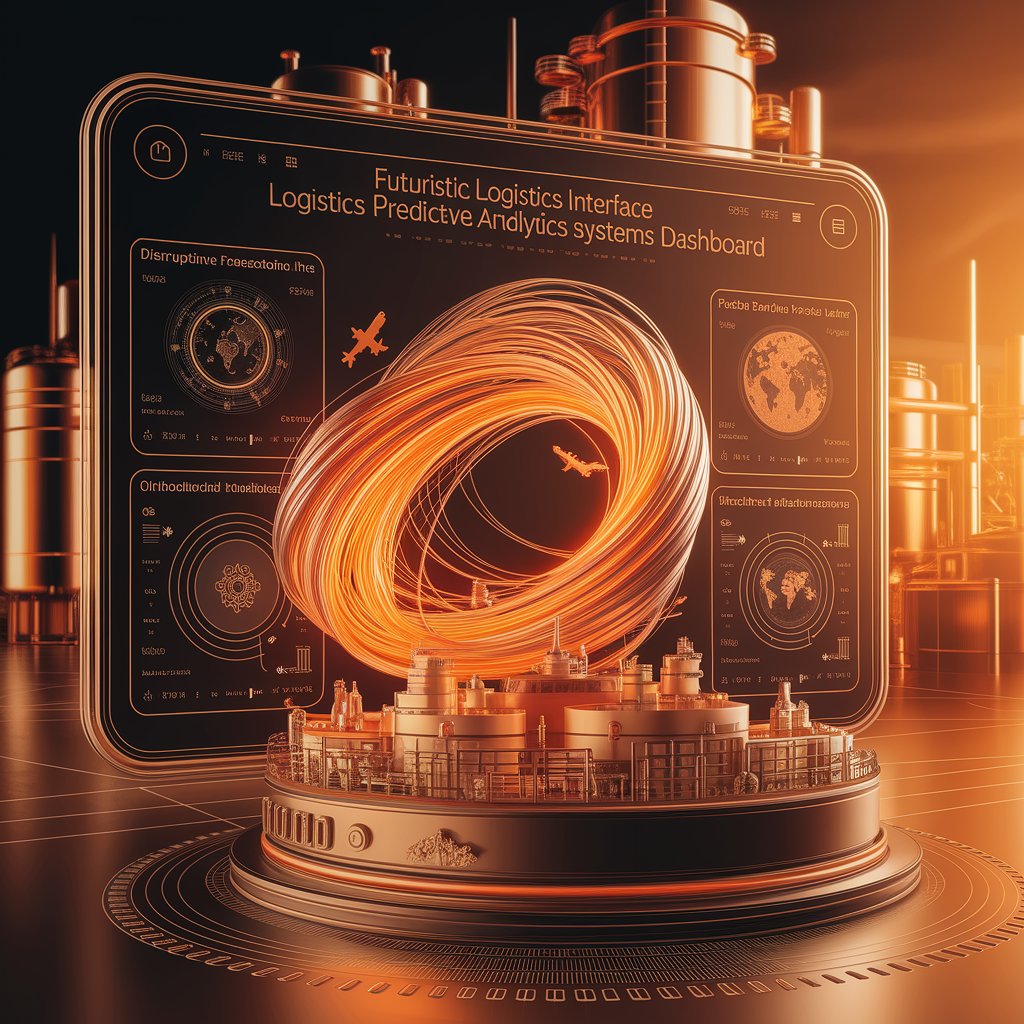Logistics Predictive Analytics Systems: Anticipating the Future of Supply Chains

Introduction
That’s where logistics predictive analytics systems come in. By leveraging AI, machine learning, and real-time data, these systems forecast demand, identify risks, and optimize operations—helping logistics providers and shippers stay ahead of uncertainty.
What Are Logistics Predictive Analytics Systems?
Logistics predictive analytics systems are platforms that use advanced statistical models, machine learning algorithms, and real-time data to forecast logistics outcomes. Unlike traditional BI tools that focus on what already happened, predictive analytics answers the question: “What is likely to happen next?”
They integrate with ERP, TMS, WMS, IoT devices, and external feeds like weather, fuel prices, and global trade data to provide actionable intelligence for smarter logistics decisions.

Key Features of Logistics Predictive Analytics Systems
- Demand Forecasting – Anticipates shipment volumes across routes and regions.
- Risk Prediction – Identifies potential delays, disruptions, or cost spikes.
- Scenario Simulation – Models “what-if” events such as port congestion or strikes.
- Real-Time Adjustments – Updates predictions as new data flows in.
- Fleet & Inventory Optimization – Aligns assets with forecasted demand.
- Interactive Dashboards – Visualize predictive insights for faster decisions.
Benefits of Logistics Predictive Analytics Systems 📈
- Improved Forecast Accuracy – Reduce stockouts and overcapacity.
- Cost Reduction – Optimize transport, warehousing, and labor allocation.
- Faster Decision-Making – Turn insights into proactive actions.
- Resilience – Anticipate risks before they impact operations.
- Customer Satisfaction – Deliver consistent ETAs and transparent updates.
- Sustainability – Plan greener logistics strategies with predictive insights.

Real-World Applications
- Freight Forwarders – Predict shipment demand to secure carrier capacity.
- Carriers – Forecast fleet utilization and fuel costs.
- E-commerce Logistics – Anticipate seasonal demand surges and manage volumes.
- Cold Chain Providers – Predict risks for temperature-sensitive cargo.
- Global Shippers – Optimize global routing with predictive risk models.
Challenges in Logistics Predictive Analytics Systems
- Data Fragmentation – Siloed ERP, WMS, and TMS systems limit insights.
- Integration Complexity – Legacy platforms may resist modern analytics tools.
- Cybersecurity Risks – Predictive data flows must be protected.
- High Initial Investment – AI-driven predictive platforms require upfront costs.
- Change Resistance – Teams may be hesitant to rely on AI-driven forecasts.

Best Practices for Success
- Start with High-Impact Use Cases – Apply predictive analytics where volatility is greatest.
- Ensure Data Quality – Standardize inputs for reliable predictions.
- Integrate Seamlessly – Connect ERP, TMS, WMS, and IoT sources.
- Leverage AI & Machine Learning – Continuously refine forecasting models.
- Balance Human & AI Input – Use forecasts as guidance with expert oversight.
- Track ROI – Measure improvements in cost savings, efficiency, and service levels.
The Future of Logistics Predictive Analytics Systems
- Autonomous Prediction Engines – AI automatically adjusting logistics plans.
- Digital Twin Networks – Simulations of entire supply chains for risk-free testing.
- Blockchain Integration – Transparent and secure predictive data sharing.
- Edge AI for Instant Forecasting – Real-time predictions at warehouses and ports.
- Sustainability Forecasting – Predictive systems optimizing CO₂ reductions.
Conclusion
Logistics predictive analytics systems are transforming supply chain management from reactive to proactive. By forecasting demand, predicting risks, and enabling smarter decisions, these systems reduce costs, improve resilience, and enhance service reliability.
For freight forwarders, carriers, and global shippers, adopting logistics predictive analytics systems isn’t just an upgrade—it’s the foundation for future-ready supply chains.
